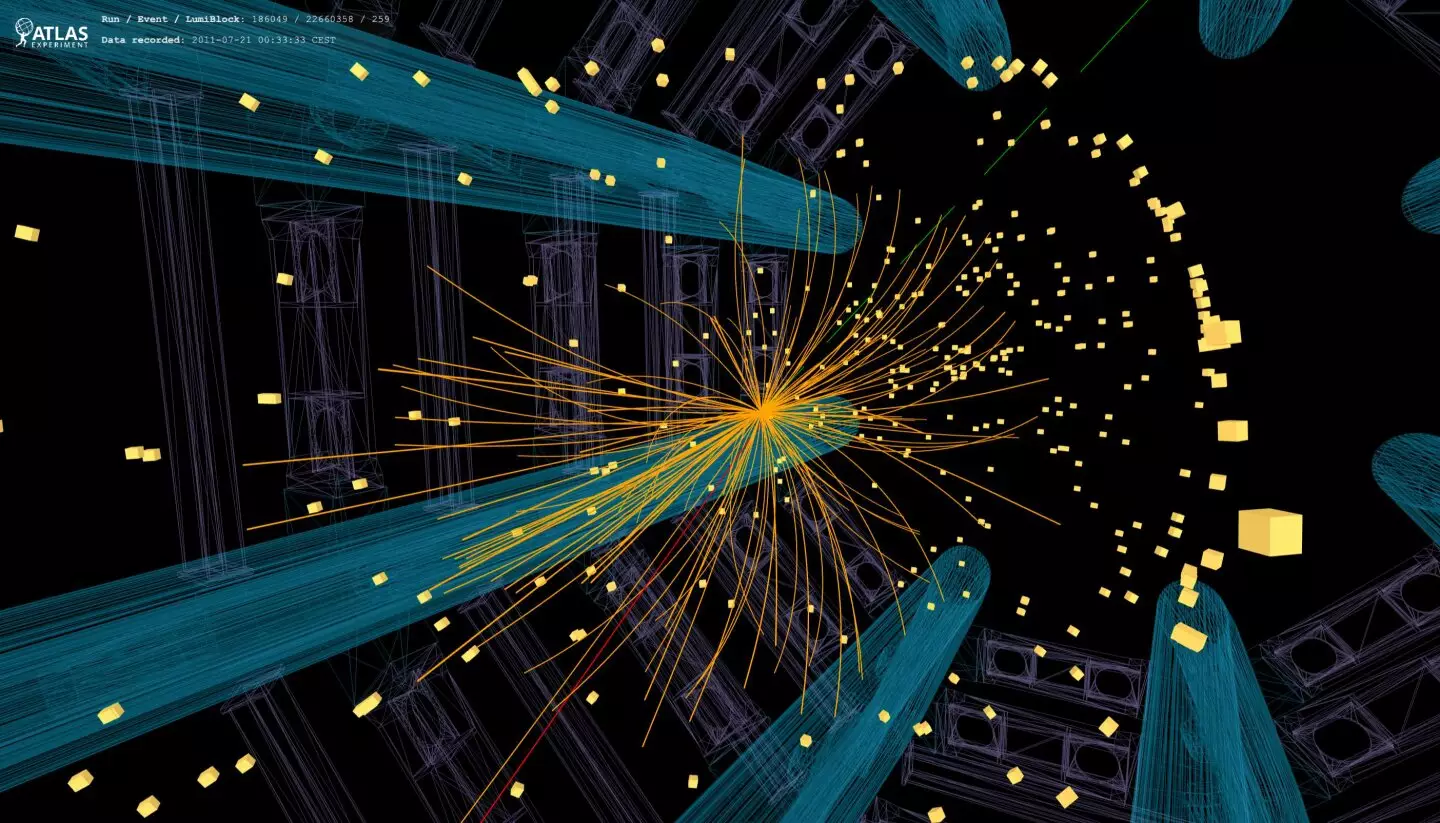The discovery of the Higgs boson in 2012 was a monumental achievement that filled a crucial gap in the Standard Model of particle physics. However, this breakthrough also raised profound questions about what lies beyond this framework. The universe is still teeming with unanswered mysteries, such as the elusive nature of dark matter and the baffling asymmetry between matter and antimatter. To unravel these enigmas, scientists are on a quest to uncover new physics phenomena that could shed light on these unresolved issues.
One intriguing parameter that may hold the key to unlocking new physics phenomena is the “width” of the W boson, the electrically charged carrier of the weak force. The W boson’s width is a measure of its lifetime and describes how it decays into other particles. If the W boson were to decay in unexpected ways, such as into undiscovered particles, this would manifest as a deviation from the predicted width in the Standard Model. By precisely measuring the W-boson width, scientists can scrutinize any anomalies that may hint at the presence of uncharted phenomena beyond our current understanding.
In a groundbreaking study published on the arXiv preprint server, the ATLAS collaboration at the Large Hadron Collider (LHC) made the first-ever measurement of the W-boson width. Previous measurements at CERN’s Large Electron-Positron (LEP) collider and Fermilab’s Tevatron collider had yielded an average width of 2085 ± 42 million electronvolts (MeV), in line with the Standard-Model prediction of 2088 ± 1 MeV. However, utilizing data from proton-proton collisions at 7 TeV during Run 1 of the LHC, ATLAS measured the W-boson width as 2202 ± 47 MeV. This marked the most precise measurement to date by a single experiment, with results consistent with the Standard Model within a 2.5 standard deviations.
Achieving such a high level of precision required a meticulous analysis of the decays of the W boson into electrons, muons, and neutrinos, which escape detection but leave behind a signature of missing energy in collision events. By calibrating the ATLAS detector’s response to these particles and accounting for background processes, physicists were able to extract the W-boson width with unprecedented accuracy. Additionally, a thorough understanding of W-boson production in proton-proton collisions and the inner structure of the proton played crucial roles in refining the measurement.
As physicists continue to refine their measurements of the W-boson width and mass using larger datasets from ATLAS, the statistical and experimental uncertainties are expected to diminish. Simultaneously, advancements in theoretical predictions and a deeper comprehension of parton distribution functions will help reduce the theoretical uncertainties associated with these measurements. By pushing the boundaries of precision in particle physics, scientists are paving the way for more stringent tests of the Standard Model and the exploration of new realms of physics that may lie beyond our current understanding.


Leave a Reply